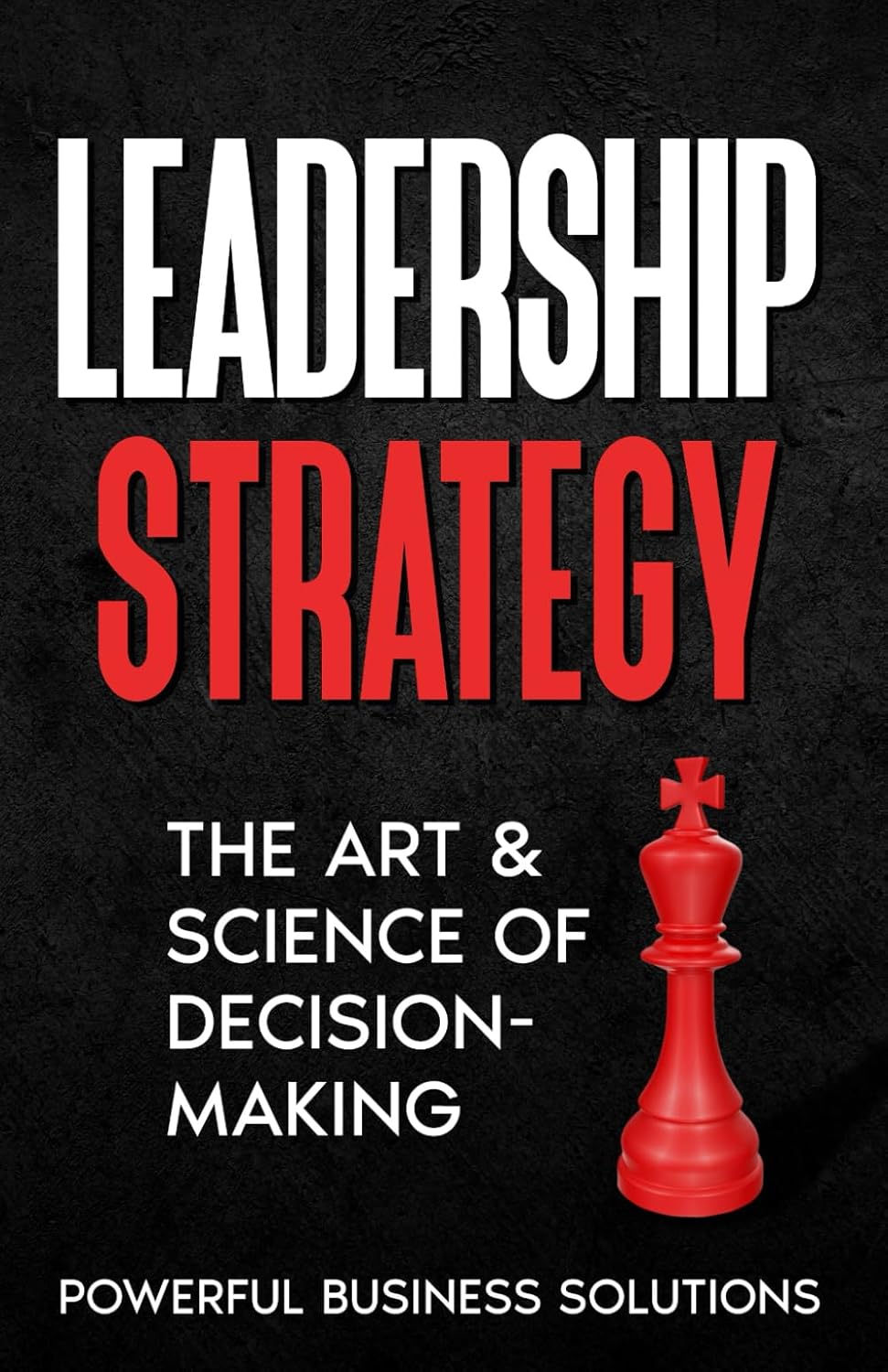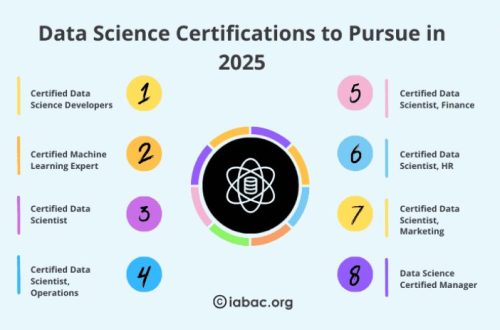In the high-stakes world of executive leadership, a well-defined strategy isn’t just a nice-to-have; it’s the bedrock upon which success is built. Think of it as your organization’s roadmap, guiding you through the complex terrain of competition, market shifts, and evolving customer needs. But what truly separates a good strategy from a great one? It’s the ability to not only create a compelling vision but also to translate that vision into actionable steps that drive tangible results. Let’s dive into the art and science of effective executive strategy, exploring how to create and, crucially, implement a plan that propels your organization forward.
Understanding the Core of Executive Strategy
What exactly is executive strategy? It’s more than just setting goals; it’s about making deliberate choices about where to play and how to win. It involves a deep understanding of your organization’s strengths and weaknesses, the competitive landscape, and the opportunities and threats that lie ahead. It’s about aligning resources, making tough decisions, and communicating a clear vision to your team.
Defining Your Strategic Vision
Before you can chart a course, you need to know where you’re going. Your strategic vision should be ambitious yet achievable, inspiring your team and guiding your decisions. Ask yourself: What do we want to achieve in the next 3-5 years? What kind of organization do we want to be?
Interesting Tip: Don’t be afraid to think big! A bold vision can galvanize your team and attract top talent.
- Clearly articulate your desired future state.
- Ensure your vision aligns with your organization’s values.
- Communicate the vision effectively to all stakeholders.
Creating a Winning Executive Strategy
Creating a winning strategy is a multi-faceted process that requires careful analysis, creative thinking, and a willingness to challenge the status quo. It’s not about following the herd; it’s about identifying unique opportunities and developing a plan to capitalize on them.
Analyzing the Competitive Landscape for Executive Strategy
Who are your competitors? What are their strengths and weaknesses? What are they doing well, and where are they vulnerable? A thorough competitive analysis is essential for identifying opportunities and developing a differentiated strategy. Consider using tools like SWOT analysis and Porter’s Five Forces to gain a deeper understanding of your competitive environment.
Developing Strategic Initiatives
Once you have a clear understanding of your vision and the competitive landscape, it’s time to develop specific initiatives that will help you achieve your goals. These initiatives should be concrete, measurable, and aligned with your overall strategy. Think of them as the building blocks of your success.
Information Callout: Remember to prioritize! Focus on the initiatives that will have the biggest impact and align with your core competencies.
- Identify key performance indicators (KPIs) to track progress.
- Assign clear ownership and accountability for each initiative.
- Establish a timeline for implementation.
Implementing Your Executive Strategy Effectively
A brilliant strategy is useless if it’s not implemented effectively. This is where many organizations stumble. Implementation requires strong leadership, clear communication, and a commitment to execution.
Communicating the Strategy
Everyone in your organization needs to understand the strategy and their role in making it a reality. Communicate the vision, the goals, and the initiatives clearly and consistently. Use multiple channels to reach different audiences, and be prepared to answer questions and address concerns. Are you truly connecting with your team on this?
Monitoring and Adjusting the Executive Strategy
The business environment is constantly changing, so your strategy needs to be flexible and adaptable. Regularly monitor your progress, track your KPIs, and be prepared to make adjustments as needed. Don’t be afraid to pivot if things aren’t working as planned. After all, agility is key in today’s fast-paced world.
Executive Strategy: Overcoming Common Challenges
Implementing an executive strategy isn’t always smooth sailing. You’ll likely encounter challenges along the way, such as resistance to change, lack of resources, and unexpected market disruptions. The key is to anticipate these challenges and develop strategies to overcome them.
Dealing with Resistance to Change
Change can be difficult for people, so it’s important to address resistance head-on. Communicate the benefits of the strategy, involve employees in the implementation process, and provide training and support to help them adapt. Remember, empathy goes a long way.
Securing Resources for Executive Strategy
Implementing a strategy often requires significant resources, including funding, personnel, and technology. Be prepared to make a strong case for your resource needs, and demonstrate how the strategy will generate a return on investment. Show them the value!
FAQ: Executive Strategy
Q: What’s the difference between strategy and tactics?
A: Strategy is the overall plan, while tactics are the specific actions you take to implement that plan.
Q: How often should I review my strategy?
A: At least annually, but more frequently if the business environment is changing rapidly.
Q: Who should be involved in the strategy development process?
A: Key stakeholders from across the organization, including senior leaders, department heads, and frontline employees.
Q: How do I measure the success of my strategy?
A: By tracking key performance indicators (KPIs) that are aligned with your strategic goals.
Q: What if my strategy isn’t working?
A: Don’t be afraid to pivot! Re-evaluate your assumptions, adjust your initiatives, and try a different approach.
Ultimately, effective executive strategy is about creating a clear vision, making smart choices, and executing with discipline. It’s about leading your organization towards a brighter future, one strategic step at a time. So, embrace the challenge, be bold in your thinking, and never stop learning. Your organization’s success depends on it; Remember that a well-crafted and implemented strategy is not just a plan; it’s a journey toward achieving your organization’s full potential. Good luck on your strategic journey!






